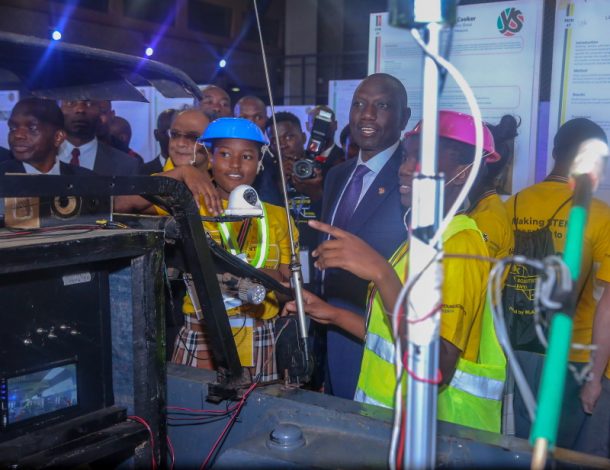Its main objective is to empower girls and help them to get their rights so that they can face the challenges all over the world and meet their needs. At the same time, spreading awareness about eliminating gender biases against girls around the world.
This theme also celebrates the achievements by, with for girls since the adoption of Beijing Declaration and Platform for Action.
As depicted from a well-known African proverb, “If you educate a woman, you educate a nation”, It is very important to celebrate this girl’s day in the world especially considering the challenges that the girl child is facing to date.
Improving the quality of education is essential to enable young people, especially girls, to achieve their goals effectively.
In countries where there are gender gaps, opportunities for independence, self-knowledge, conscientiousness, strong intentions and economic decision-making opportunities are low, girls feel there is no need to continue their education or even decide to get married early or they are married off early.
The gender gap is huge despite an increase in female education as compared to a male child in the educational attainment or opportunity.
There are Factors that detract from an individual, community and influence girl’s limited participation in seeking opportunities.
This includes an individual’s perspective on issues related to self-efficacy, the absence of support network on social media, systems, laws, rules, values and principles that define the importance of prioritizing a girl child.
Despite positive strides, studies still show that boys are more likely than girls to go to school and possibly 16 million girls will not go to school or class in their entire lives (UNESCO Institute of Statistics).
Girls account for two-thirds of the 750,000 adults without literacy. While it is true that the majority of young girls are now attending school than ever before, the amount of barriers they face is still great, especially for girls in developing countries including Tanzania.
Barriers such as social norms and culture, sexual violence, poverty, early and forced marriage, unintended pregnancy, gender discrimination and other misconceptions are the major causes of the lack of education for many girls in the world.
It is clear that there is much to do to improve female representation in development because it is still not satisfactory and leads to male dominance.
It is important to enabling girls to become proficient and to develop their confidence, to actively participate in the development process and activities that can be of great benefit. Measures to reduce gender differences include integrating creative curriculum (a curriculum that specifically engages girls in education that inspires creative ideas) as well as engaging boys in promoting good intentions and change in order to build, motivate and strengthen the girl child.
Motivating teachers in schools, different leaders to support girls is also key and it creates a safe gender-friendly environment thus, aiming to strengthen and boost the confidence of girls and, most importantly, to eradicate or rather reduce barriers to girls in the education sector.
 The good news is that in addition to classroom education, various creative programs and opportunities have been created/established to help the girl child do the things she loves and may help her earn an income, give her economic freedom and enable her to become more involved in developmental issues.
The good news is that in addition to classroom education, various creative programs and opportunities have been created/established to help the girl child do the things she loves and may help her earn an income, give her economic freedom and enable her to become more involved in developmental issues.
Despite facing various challenges there is still room for improvement! Studies continue to show that the investment in education for the girl child has accelerated economic growth from the family level to the national level in general.
By Phelisters Wegesa, a Health Practitioner in Tanzania’s Health Sector. She is a Managing Partner, Dawati la Fursa, an independent firm focused on providing professional assistance and advice to young professionals eager to further their education specifically on courses related to Science, Technology, Engineering and Mathematics (STEM).




